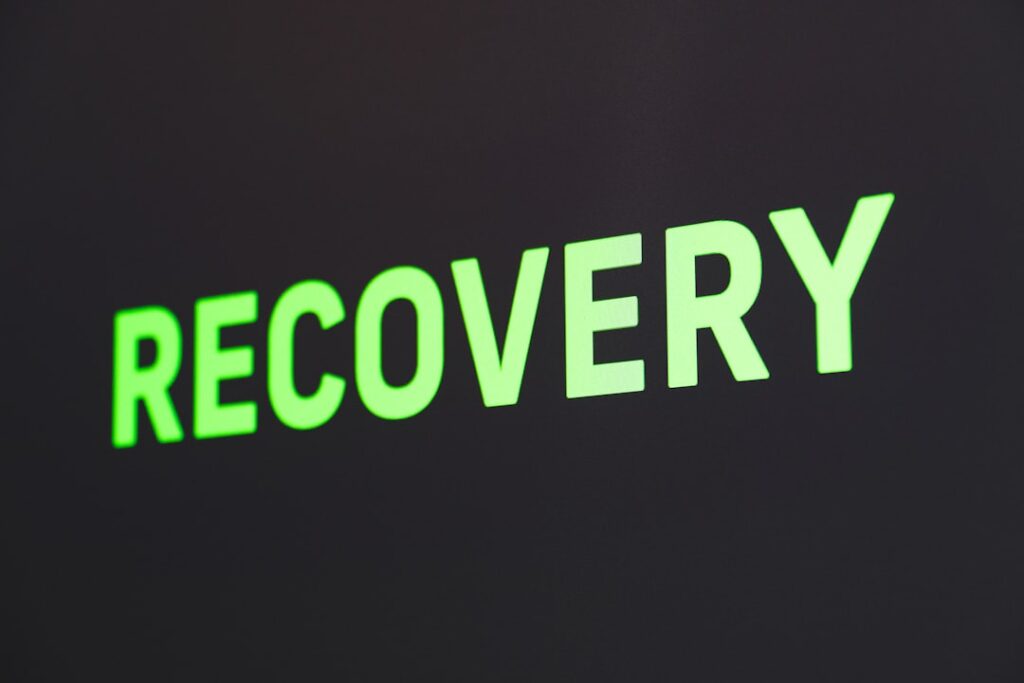Introduction
Whether you’re an avid gym-goer or simply enjoy occasional physical activity, recovery is a crucial part of any workout routine. One method that’s been gaining popularity in recent years is cold water therapy, also known as cryotherapy. This comprehensive guide will delve into the benefits of this therapy technique, and how you can incorporate it into your fitness regimen for optimal recovery.
The Science Behind Cold Water Therapy
Cold water therapy involves exposing the body to extremely cold temperatures for short periods. This can be achieved through methods such as ice baths, cold showers, or cryotherapy chambers. The cold exposure causes blood vessels to constrict, reducing inflammation and pain. Once you’re out of the cold, blood vessels dilate, encouraging the flow of nutrient-rich blood to the muscles, promoting faster recovery. According to a study from The Journal of Physiology, this can help alleviate muscle soreness after intense workouts.
Benefits of Cold Water Therapy for Workout Recovery
Many athletes swear by cold water therapy for several reasons. Firstly, it can reduce muscle inflammation and speed up recovery time, allowing for more frequent and intense workouts. Secondly, it can help alleviate muscle soreness, making the post-workout period more comfortable. Lastly, some research suggests that cold water therapy may even enhance mental focus and mood, thanks to the endorphin rush induced by the cold.
How to Implement Cold Water Therapy
There are several ways to incorporate cold water therapy into your workout recovery routine. One of the easiest methods is to take a cold shower post-workout. Start with lukewarm water and gradually decrease the temperature over a few minutes. If you prefer, you can also opt for an ice bath. Fill a bathtub with cold water and add ice until the temperature drops to around 10-15°C (50-59°F). Aim to immerse your body for 10-15 minutes, but remember to listen to your body and get out if you’re feeling too uncomfortable. Cryotherapy chambers, available at some fitness centers and wellness clinics, offer a more controlled and extreme form of cold exposure.
Precautions and Considerations
As beneficial as cold water therapy can be, it’s important to remember that it’s not suitable for everyone. Those with certain medical conditions, such as cardiovascular disease, should avoid extreme cold exposure. Always consult with a healthcare professional before starting any new recovery technique. And remember, while cold water therapy can aid in recovery, it’s not a replacement for other important elements like proper nutrition, hydration, and rest.
In conclusion, cold water therapy can be a powerful tool in your workout recovery arsenal. By understanding its benefits and knowing how to apply it effectively, you can enhance your recovery and get the most out of your fitness routine.

